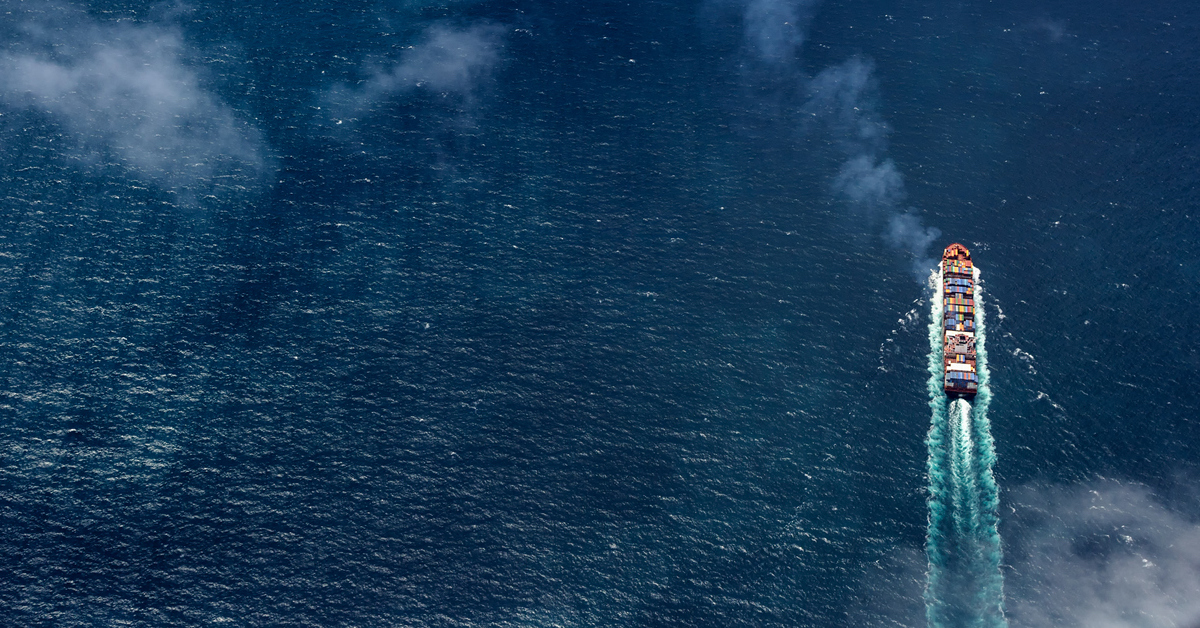Sometimes, your life vest is the appropriate safety device. Other times, your vocabulary is.
A seafarer’s preparation for the safe undertaking of his or her work, requires an understanding of their immediate environment. One of the most common life-threatening hazards on board ships is gases.
Step one in dealing with them is to add them to your vocabulary.
Gas Hazards Are Everywhere – Know What to Look For
We’ve previously outlined the different kinds of gas hazards seafarers are typically faced with. They are:
- Toxic gases
- Flammable gases
- Asphyxiant gases
Unfortunately, these hazards cause many avoidable accidents each year. As a gas safety company, we work tirelessly to equip and educate the shipping industry so that we can prevent as many casualties as possible.
We won’t elaborate on gas hazards here. Instead, we’d like to encourage you to bring both yourself and other crew members up to speed via the following resource:
Gas Safety: The Seafarer’s Essential Glossary
Thank you for reading, and don’t hesitate to reach out to one of us if you have any questions about onboard gas safety.

